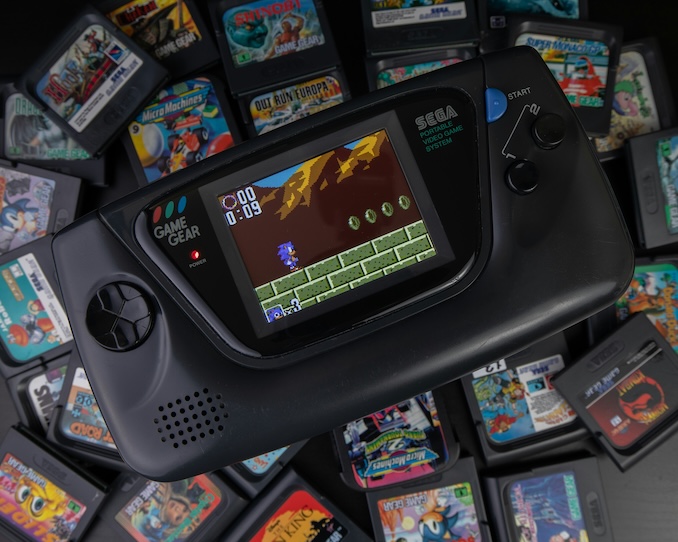When you play a game, you likely focus on the graphics, mechanics and gameplay. From there, it usually doesn’t take long to determine you like what you see. There’s just something about the best titles that pull us in and make us want to remain in their virtual world. A lot of times, we can’t quite put our fingers on exactly what it is, but it’s often the little things that separate the good from the great.

As you play a newly released title, chances are you don’t stop to think if it will become a retro classic at some point in the future. However, if we look at today’s most popular retro games, those that defined the late 20th and early 21st century, they have a few notable features in common that set them apart from the rest.
Although they were made using the same technology, some games feel outdated, while classics from the same era remain enjoyable generation after generation. Here we take a look at why.
Simple Yet Refined Gameplay
While most of us like our games to be at least somewhat challenging, there’s a balance that must be maintained to keep us engaged. Retro titles that have endured year after year get that balance right. They offer players a challenge, yet are simple to play.
We don’t have to look any further than casino games, which have moved online in recent years. Online casinos offer an array of classic games that have stuck around for centuries, never getting old. Take roulette, for example. We can trace this classic game back to 18th-century France. And while roulette has undergone many changes over the years, including being digitized for online play, the core mechanics of the game remain the same. Players place bets on where they think the ball will land, and the wheel is spun as they wait to see the result. Most would agree that roulette is simple, yet fun.
The same goes for games like Tetris and Street Fighter II, both of which feature polished mechanics and straightforward, highly entertaining gameplay. On the surface, Tetris appears simple. All you have to do is line up falling blocks and fit them in the right place. However, anyone who’s played the game knows how challenging it can be. Street Fighter II shines because of its easy-to-use controls and strategic depth.
These classic games are easy to pick up and start playing, but it takes a lot to master them, something that keeps players coming back for more.
Timeless Art and Design
Everyone who’s played Super Mario World or The Legend of Zelda: A Link to the Past remembers the graphics. While they’re simple by modern standards, the 3D visuals featuring hand-drawn characters and pixel art have stood the test of time. For many, the artwork in these games is a digital masterpiece, in the same way that work from visual artists like Luc Martineau is considered so by some.

On the other hand, titles such as GoldenEye 007 haven’t aged as well, even though they featured early 3D graphics. One reason is they look clunky and aren’t as visually appealing to modern audiences who are used to the photorealism that’s so common in today’s games. The biggest difference between these, and the titles that have become classics, is they don’t offer the same visual charm. Sure, they took advantage of the latest technology to make the games as realistic as possible. However, they now feel outdated.
Strong Level and Game Design
If a game has well-crafted levels and balanced difficulty, there’s a good chance it’ll be highly replayable. One example of this is Mega Man X, which has a fun way of teaching newcomers how to play the game through the gameplay itself instead of using separate tutorials.
As players advance through the levels, they are met with new challenges, allowing them to develop their skills and adapt to the game in an organic way. Games that are designed this way are good at keeping players engaged from the beginning to the end, and successful retro titles do this really well.
